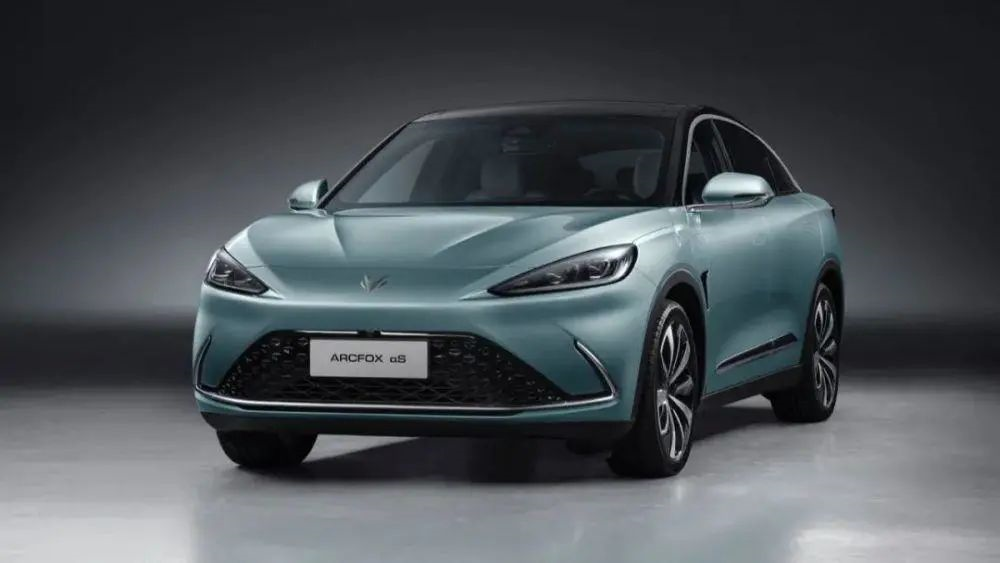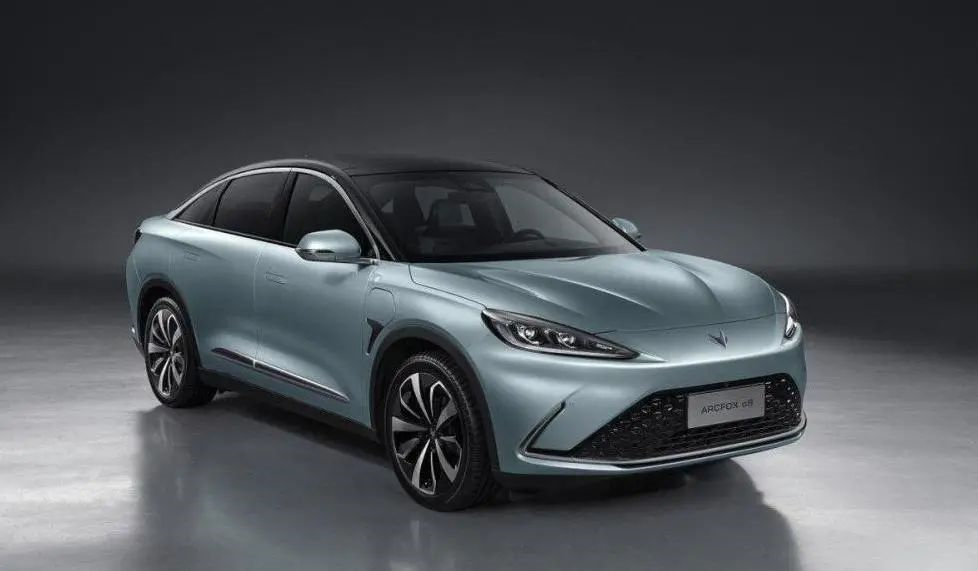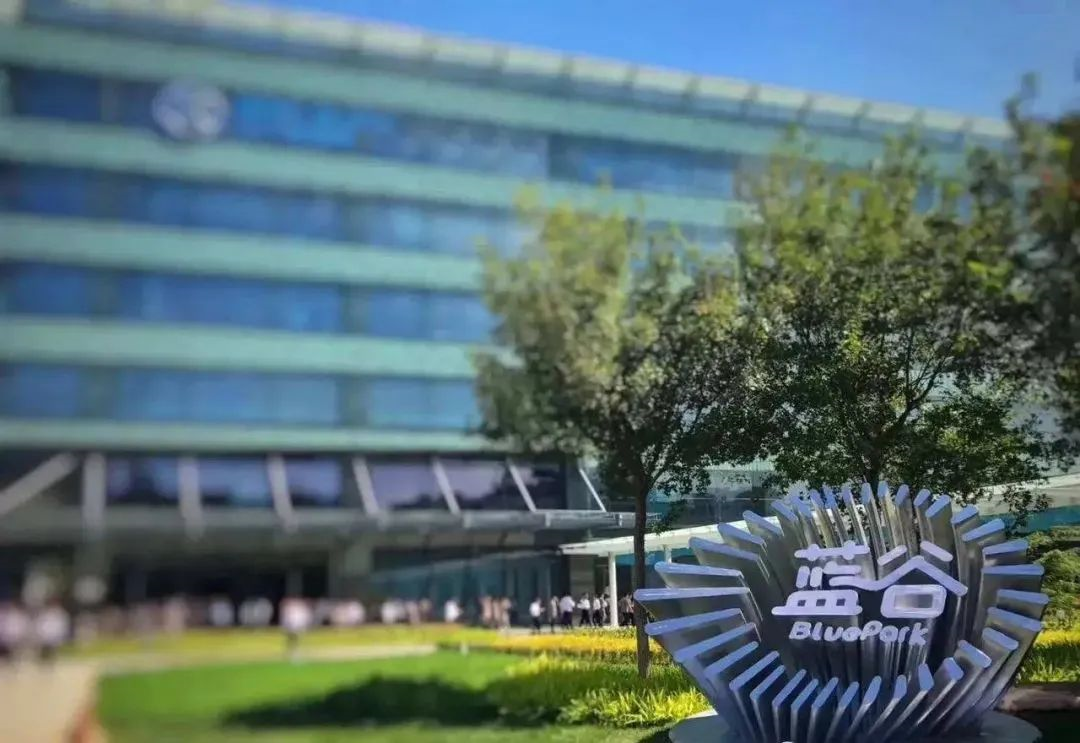On June 15th, Beiqi Blue Valley released its production and sales report for May, showing that its subsidiary Beiqi New Energy Automotive Co., Ltd. sold a total of 1,197 new cars in May 2021, a decrease of about 43.2% compared to the same period last year, with 2,106 units sold. From January to May 2021, Beiqi New Energy sold a total of 5,374 new cars, a decrease of about 54.04% compared to the same period last year.
How has Beiqi New Energy performed from January to May this year? The answer may be found by comparing it to the overall domestic new energy vehicle market and the performance of leading new brands such as NIO, XPeng, and Li Auto.
According to the data from China Association of Automobile Manufacturers, sales of new energy vehicles in China reached 185,000 in May, an increase of 177.2% year-on-year. From January to May, the cumulative sales reached 776,000, an increase of 235.7%. It can be seen that the domestic new energy vehicle market is rapidly developing, and new energy vehicle sales are also growing steadily.
From the performance of new leading brands in the automotive industry, the fact is also evident. Recently, NIO, XPeng, Li Auto, NIO, and Leading Ideal have successively announced their sales in May. The data shows that NIO delivered 6,711 new cars, a year-on-year increase of 95%; XPeng delivered 5,686 new cars, an increase of 483%; NIO delivered 4,508 new cars, a year-on-year increase of 551%; and Leading Ideal delivered 4,323 new cars, a year-on-year increase of 101.3%.
In the industry’s view, although the sharp growth in market and new brand data at the level of data may be due to the impact of the epidemic last year, the year-on-year decline in sales of Beiqi New Energy and its cumulative sales in the first five months of this year are inferior to the performance of new leading brands’ monthly deliveries, which is truly worrying.
From the Peak to the Bottom
Although the current sales volume is very bleak, Beiqi New Energy has also experienced a brilliant period.
As one of the earliest domestic car companies to lay out electric vehicles, Beiqi New Energy has made impressive sales achievements with the help of national policies. By 2019, Beiqi New Energy’s sales volume had reached 150,000 units, and it had won the title of China’s best-selling pure electric car for seven consecutive years.
Therefore, Beiqi New Energy was once regarded by the industry as the most successful case of traditional car companies’ transformation into the new energy market.
However, the 150,000 units sold by Beiqi New Energy in 2019 were not without hidden concerns. Data shows that at the end of 2019, Beiqi New Energy’s sales volume decreased by 4.69% year-on-year.The fact has shown this is just the beginning of the decline of BAIC New Energy. In 2020, BAIC New Energy went further down and sold only 25,900 vehicles, an 83% decrease from the previous year, and its market share decreased from 13% in its heyday to less than 1%.
If the sharp decline of sales in 2020 could still be attributed to the impact of the pandemic, as the new energy vehicle market gradually regained its vitality, BAIC New Energy’s cumulative sales volume from January to May this year was 5,374, down about 54.04% from the same period last year, which seems difficult to find excuses.
As sales decline, BAIC New Energy has also started to sink into the quagmire of losses. Public data shows that in 2019, BAIC New Energy had a net profit of RMB 92.01 million, and there were RMB 1.04 billion of government subsidies in non-operating income and expense items. In other words, if the huge subsidies are excluded, BAIC New Energy had already suffered huge losses in 2019.
In 2020, due to the “big dive” in sales, BAIC New Energy’s annual revenue was only RMB 5.272 billion, a YoY decrease of 77.65%, with a net loss of RMB 6.482 billion, a net cash flow from operating activities loss of RMB 6.621 billion, a YoY decrease of 3.82%. In the first quarter of this year, BAIC New Energy was still in a loss state, losing RMB 850 million.
Regarding the decline of BAIC New Energy, automotive industry analyst Ren Wanfu stated that insufficient product strength, the reduction of government subsidies, the departure of General Manager Zheng Gang, as well as the organizational restructuring of its subsidiaries by the group are factors that have affected its development.
Perhaps affected by the stagnation of sales and performance, BAIC New Energy, under the leadership of Zheng Gang’s successor, embarked on a frequent personnel restructuring path.
In February 2019, Ma Fanglie was appointed as the General Manager of BAIC New Energy, but he served for less than a year. In June 2020, He Zhangxiang, the former Vice General Manager of BAIC New Energy, took over the position of General Manager temporarily, and on July 24 of that year, Liu Yu officially replaced Ma Fanglie.
Embarrassingly, Liu Yu could not stay in his position for even a year, the General Manager of BAIC New Energy changed again. On June 9, Beijing Blue Valley announced that Liu Yu had submitted a formal resignation letter and would no longer serve as the company’s general manager, but would still hold positions such as chairman of the board of directors of BAIC Blue Valley and chairman of the board of directors of its strategic committee. The position of General Manager of BAIC New Energy was taken over by Dai Kangwei, the former Vice President of BAIC New Energy Engineering Institute.
It is worth mentioning that in addition to the frequent changes of top management, BAIC New Energy’s Deputy General Manager and Chief Financial Officer Ye Xiaohua, employee representative director Dong Qingfeng, company supervisor Yin Weijie, company directors Zhang Jianyong and Liu Rui, etc., have all undergone job changes.In the industry’s view, the continuous personnel changes will inevitably bring more uncertainty to BAIC New Energy, and will affect the company’s business development.
How much longer will the afternoon market need to wait?
From a time perspective, BAIC New Energy is an out-and-out “old player” in the domestic new energy vehicle market.
However, based on current conditions, this “early bird at the market” is not only being surpassed by new car making forces such as NIO, Ideanomics, and XPeng, but also the gap with industry leaders Tesla and BYD is growing larger. In other words, BAIC New Energy is missing the “opportunity” of new energy vehicles.

As a former giant in the new energy industry and backed by Beijing State-owned Assets, why has BAIC New Energy fallen into such straits?
In fact, the decline of BAIC New Energy is traceable. Data shows that at the beginning of the brand’s establishment, BAIC New Energy mainly targeted the B end market, including large customers such as taxis, ride-hailing, and rental car companies. The period between 2013 and 2019 was also a time of rapid development for these industries, which saw a surge in sales for BAIC New Energy.
In 2019, for example, data shows that 70% of BAIC New Energy’s sales of 150,000 vehicles came from the B end market, with products mainly targeting ride-hailing, taxis, and official cars, with private cars accounting for less than 30%.
In 2020, with the collapse of the new energy B end market, BAIC New Energy’s sales almost “collapsed” overnight.
It’s worth noting that BAIC New Energy is not unaware of the imbalance in its B and C end markets. In 2016, BAIC New Energy’s high-end brand ARCFOX was established.
However, unlike Eulai, Wuling, Chery, and Changan, ARCFOX was positioned as a high-end brand. This single-minded approach to high-endization also left BAIC New Energy out of the domestic mid-to-low-end new energy market, and only allowed them to watch models such as the Wuling Hongguang MINI, ora Black Cat, Chery Little Ant, and Changan Benben E-Star Landscaping the market.

At the same time, although ARCFOX is positioned as a high-end brand, its first model, the ARCFOX LITE, is positioned as a micro-car. Specifically, the product performance, intelligence, etc. are not particularly related to “high-endization” apart from its relatively “high-end” price.Perhaps because of the failure of its first model, the ARCFOX brand remained silent for three years. It wasn’t until October 2020 that the second model, the all-electric SUV ARCFOX αT, was launched. Unfortunately, the domestic high-end new energy market had already been largely dominated by Tesla, NIO, XPeng, and others by then.
Data shows that from August 2020 to the end of that year, a total of 709 ARCFOX αT were sold, with only 398 sold in the first four months of 2021. The sales of the ARCFOX αS were only 15 units in the first month since its launch, and the delivery of the Huawei HI version of this car was delayed until the end of this year.
In the fiercely competitive domestic new energy vehicle market, the decision of BAIC New Energy to delay the delivery time of a heavyweight model to half a year later is a bit worrying.
It seems that BAIC New Energy has never really hit the nail on the head in the rapidly changing domestic new energy vehicle market. Only time will tell for how much longer this “early bird” will be lagging behind.
This article is a translation by ChatGPT of a Chinese report from 42HOW. If you have any questions about it, please email bd@42how.com.
